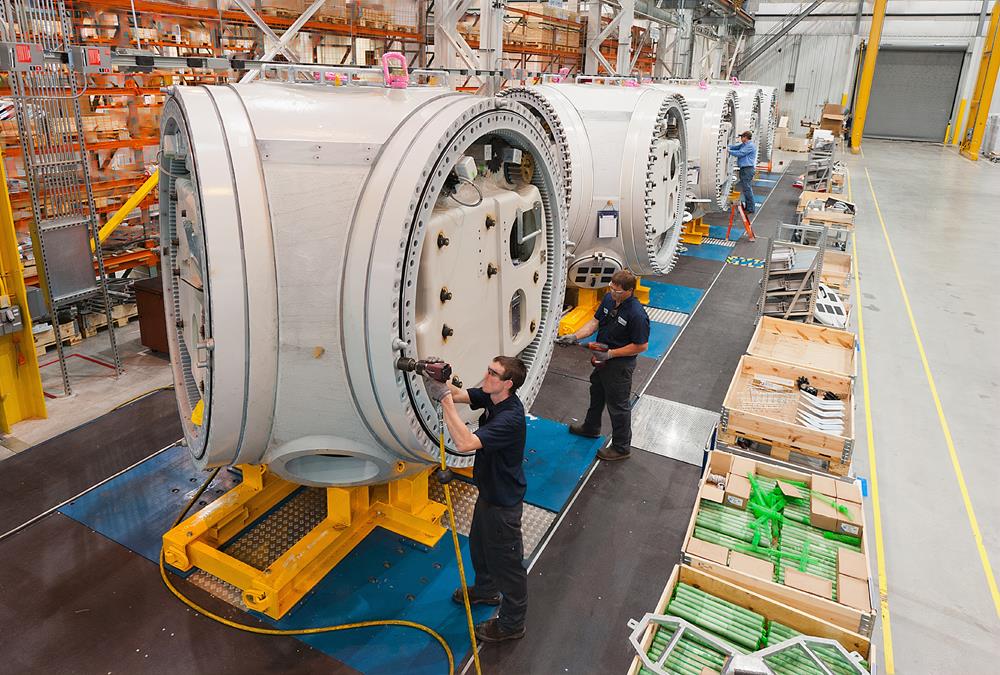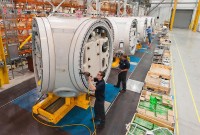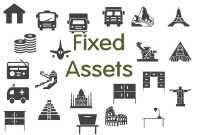- Home
- Business Processes
- Industry Knowledge
- Aerospace Industry
- Automotive Industry
- Banking Domain
- BFSI Industry
- Consumer/ FMCG Industry
- Chemicals Industry
- Engineering & Construction
- Energy Industry
- Education Domain
- Finance Domain
- Hospitality Domain
- Healthcare Industry
- Insurance Domain
- Retail Industry
- Travel and Tourism Domain
- Telecom Industry
- Leadership Skills
- eLearning
- Home
- Business Processes
- Asset Management
- Introduction to Capital Asset Planning
Introduction to Capital Asset Planning
Before you purchase an asset in any organization, you must justify the decision to purchase the asset and get requisite approvals to make investment and release the funds. These series of analysis steps where cost-benefit analysis is performed to justify the decision to purchase a prospective asset is called the process of capital asset planning or simply as capital budgeting.
Traditionally these decisions were based on relatively simple assumptions or on historic experience but as organizations grow in scale they need more detailed justification of capital expenditure which the simple traditional approaches cannot deliver because with scale increased the quantum of expenditure which involves substantial exposure to risk. For most organizations it a strategic and complicated process that involves participation from cross-disciplinary teams and carries a high degree of inherent uncertainty.
Capital Asset Management Planning looks at considering all the options for activities and investments going forward and then putting together a set of plans which describe what will be done when and by whom. Decision-Making is based on an understanding of both CAPEX and OPEX costs and associated risks to optimize asset investments in terms of timing, the choice of an asset, or both. In order to do this effectively, the costs and risks associated with an asset, and how these vary through time or with usage, need to be understood.
In this chapter, we will address a broad array of issues involved in the process of capital budgeting in any large scale organization and the generic process generally used to address these concerns.
Challenges associated with Capital Asset Planning
Budgeting for capital assets is a complex activity that involves uncertain projections and a high degree of risk due to dependence on a range of expertise and needs to link long-term projections with financial plans. The following section describes these challenges and some of the ways organizations are dealing with them.
- Capital asset projects are distinguished by their significant scale, multiyear time frames, and overall complexity adding significant uncertainty for managing them
- In case of high investment projects spanning across multiple years, there exists a large degree of inherent risk leading the best-intentioned projects to go wildly off plan
- Linking long-term projections with financial plans, conducting financial appraisal and risk assessment
- Capital Assets involve huge sums of money to be invested and organizations face the problems of incorporating multiple areas of expertise for weighing expert technical opinion against financials
- With different aspects of capital asset planning carried out in functional “silos” changes in one area are not automatically reflected in the other. (for example technical and engineering costs and assumptions are performed separately from the financial plan and projected balance sheet)
- The result is a lack of visibility and collaboration that jeopardizes the integrity of the plans and introduces unwelcome delays into the planning process.
- Cumbersome approval procedures as projects need special funding and attract high levels of risk, which in turn necessitate board-level consideration and approval
- Increased risk due to inaccurate or inadequate asset data and information along with uncertainty over asset deterioration rates and future maintenance costs
- Because complex assets tend to be multifaceted, they often require a variety of accounting treatments, stringent record-keeping, and reporting. Providing the level of detail required to accommodate these various accounting treatments is one of the greatest challenges of capital asset planning
- Lack of a suitable system to support for budgeting, planning, and forecasting processes
Benefits of Capital Asset Planning
- Enables management and shareholders to better understand their companies’ prospects when investing in capital assets
- The capital asset planning phase enables all those involved in the process to evaluate multiple options by introducing visibility and collaboration among various functions of the organization involved in capital asset planning strengthening the integrity of the plans and eliminating unwelcome delays from the planning process.
- Ensures that the detailed financial plan reflects a realistic anticipated ROI for the project
- Helps by coupling financial capital asset planning with operational capital asset planning ensuring the financial and operational integrity of proposed expenditures.
- Enables technical and financial experts to view the effect of their changes on overall operational planning assumptions.
- Allow organizations to plan for all phases of an asset’s useful life—from planning and construction to maintenance and decommissioning.
- Ensuring that the appropriate asset data and information to support Asset Management decision-making, record-keeping, and subsequent accounting and maintenance is captured in the process. Supports common capital asset planning tasks such as categorization of assets, depreciation calculations, funding, and cash flow options over the duration of a project and lets users plan for capital asset-related expenses such as maintenance costs, repairs, and insurance.
- Helps in linking the budgeting process to the accounting process and budgetary resources to financial requirements
To mitigate these challenges specialized functionality required for capital asset planning with guided workflow and process support to transform the planning for capital assets into an accurate and reliable process flexible enough to adapt to change.
Related Links
You May Also Like
-
Physical assets are frequently out in the field for use; undergo repairs, sold, updated, removed or stolen. From purchase to disposal and all of the steps in between, an asset’s history can be easily traced and reviewed using an asset management system that utilizes asset tags or asset labels.
-
Costs subsequent to acquisition of fixed assets
Costs related to plant assets that are incurred after the asset is placed in use are either added to the fixed asset account (capitalized) or charged against operations (expensed) when incurred. In this article, we will discuss underlying principles for this accounting event.
-
Fixed Assets - Key Terminology
In this article, we have explained the meaning and usage of key generic terms that are used in almost every FA management system/ Fixed Assets process. Understanding these terms is a prerequisite to building a solid understanding of the fixed assets business process.
-
Introduction to Capital Asset Planning
Before you purchase an asset in any organization, you must justify the decision to purchase the asset and get requisite approvals to make investment and release the funds. These series of analysis steps where cost-benefit analysis is performed to justify the decision to purchase a prospective asset is called the process of capital asset planning or simply as capital budgeting.
-
Asset Maintenance – Tagging & Physical Verification
Most organizations need to deal with hundreds or even thousands of physical assets. In such a case, it’s important to know the operating condition and location of the assets owned by them at periodical intervals. Identifying, tracking, and controlling assets are a critical step in ‘Asset Maintenance’.
-
Key challenges in managing FA process
As organizations grow in scale they need a more detailed justification of capital expenditure. This leads to many functions getting involved in the fixed asset management process with significant “hand-offs” at each step/stage. In this chapter, we will address a broad array of issues involved in the process of fixed assets in any large scale organization.
-
“Fixed Assets” is a six-step process and starts with initiating and approving the request to acquire the asset and after maintaining and depreciating for useful life ends with the final disposal of the fixed asset. These steps are cyclic in nature and most of them happen in any fixed management lifecycle. Some optional steps may happen only in certain business scenarios or in specific industries.
-
An asset is anything that will probably bring future economic benefit. Every company must take actions to safeguard, control, and manage the assets it owns. Cash Assets needs to be managed effectively to safeguard and utilize them efficiently. In this section, we will start with understanding what are assets, what are various classification of assets and then we will focus on Asset Management.
-
A fixed asset register (FAR) is accounting book with a list of fixed assets belonging to particular entity. Traditionally the fixed asset register was maintained in written form by the accountant using a book that was set aside specifically for tracking fixed assets. Now with the advent of IT systems for bookkeeping it is more often held in electronic format. Learn the importance of maintaining a FAR.
Explore Our Free Training Articles or
Sign Up to Start With Our eLearning Courses

About Us
Learning
© 2023 TechnoFunc, All Rights Reserved









